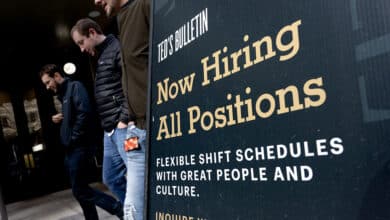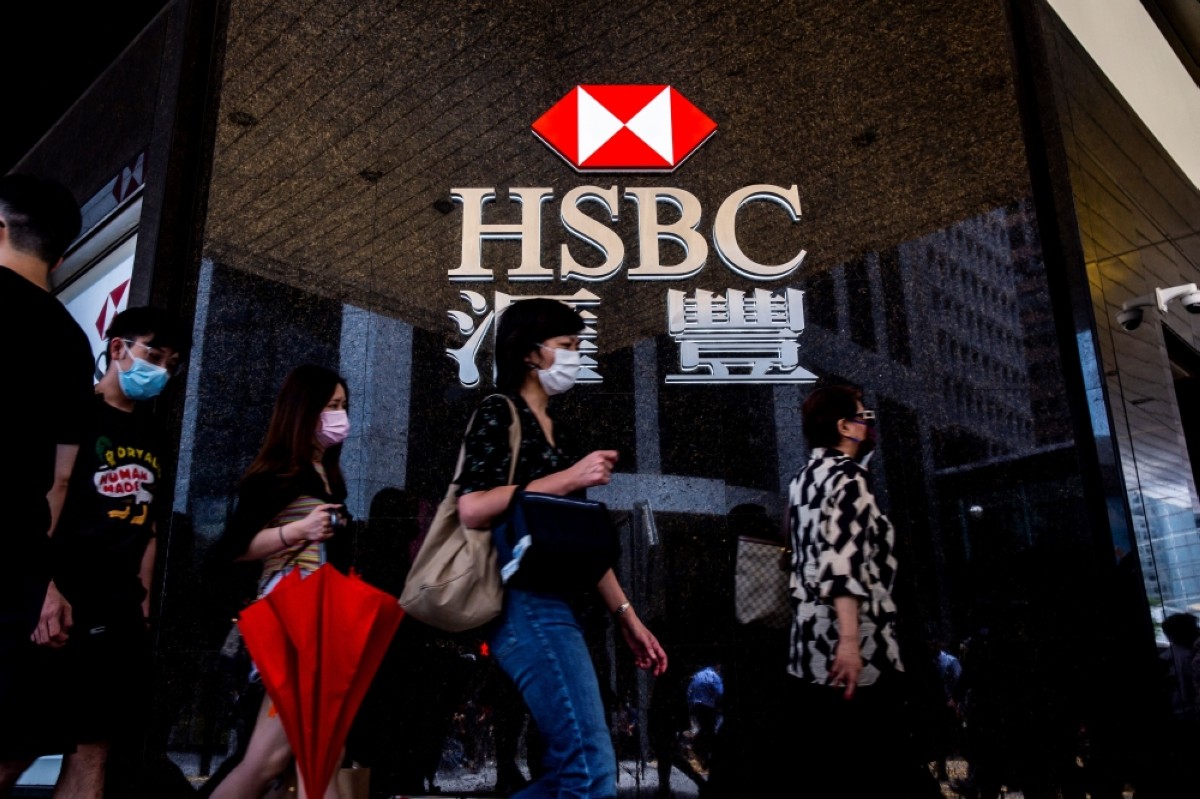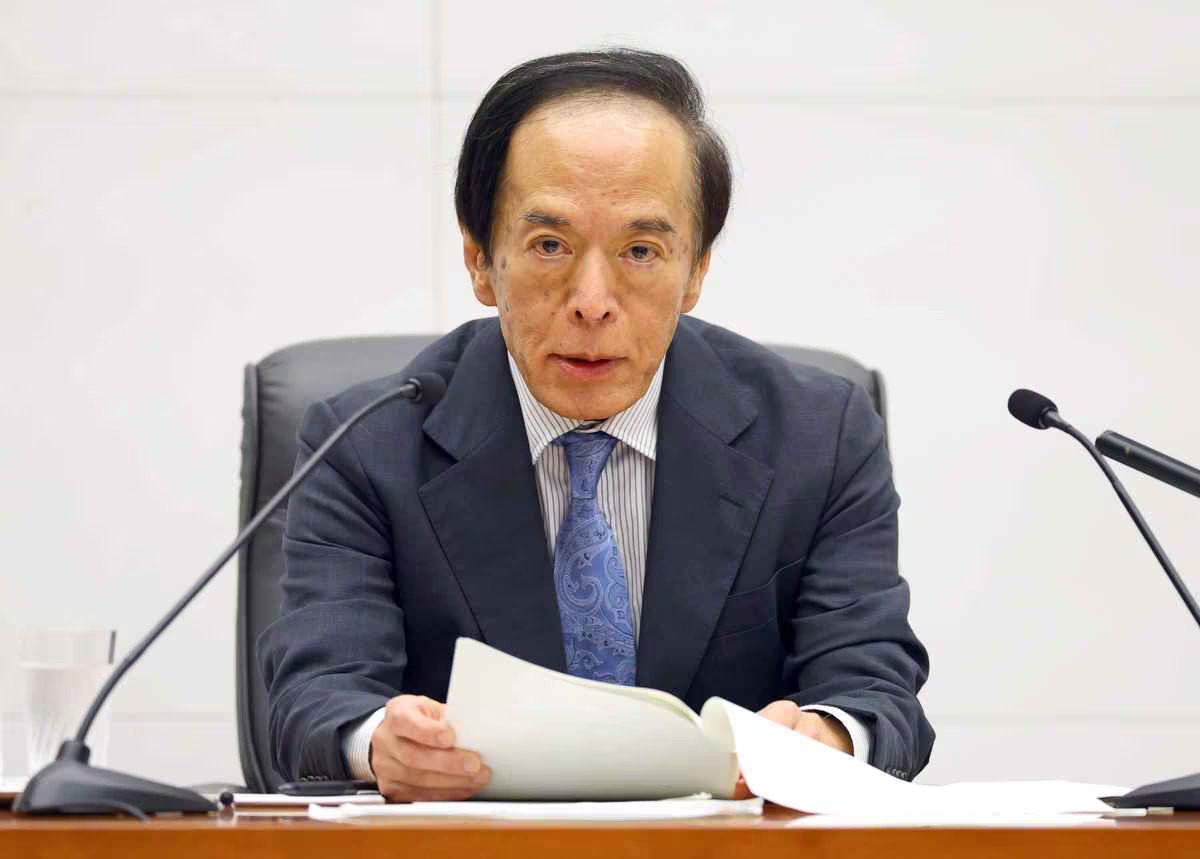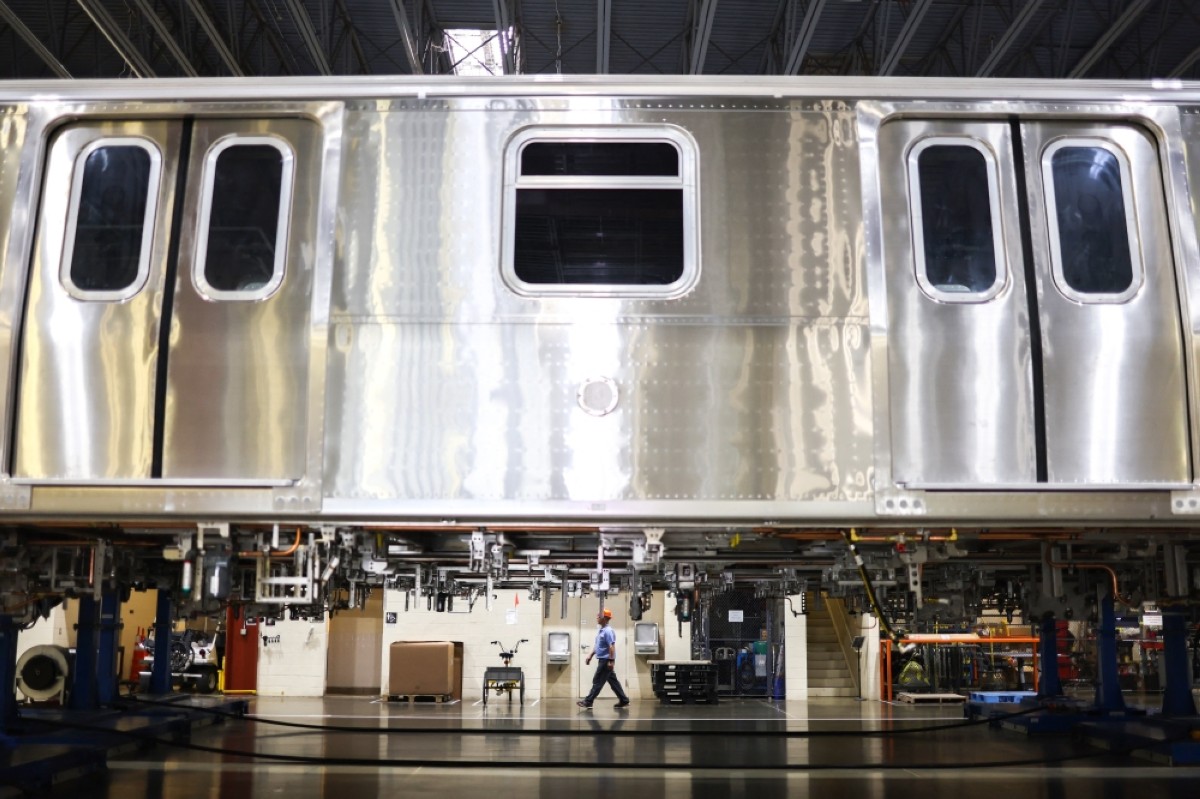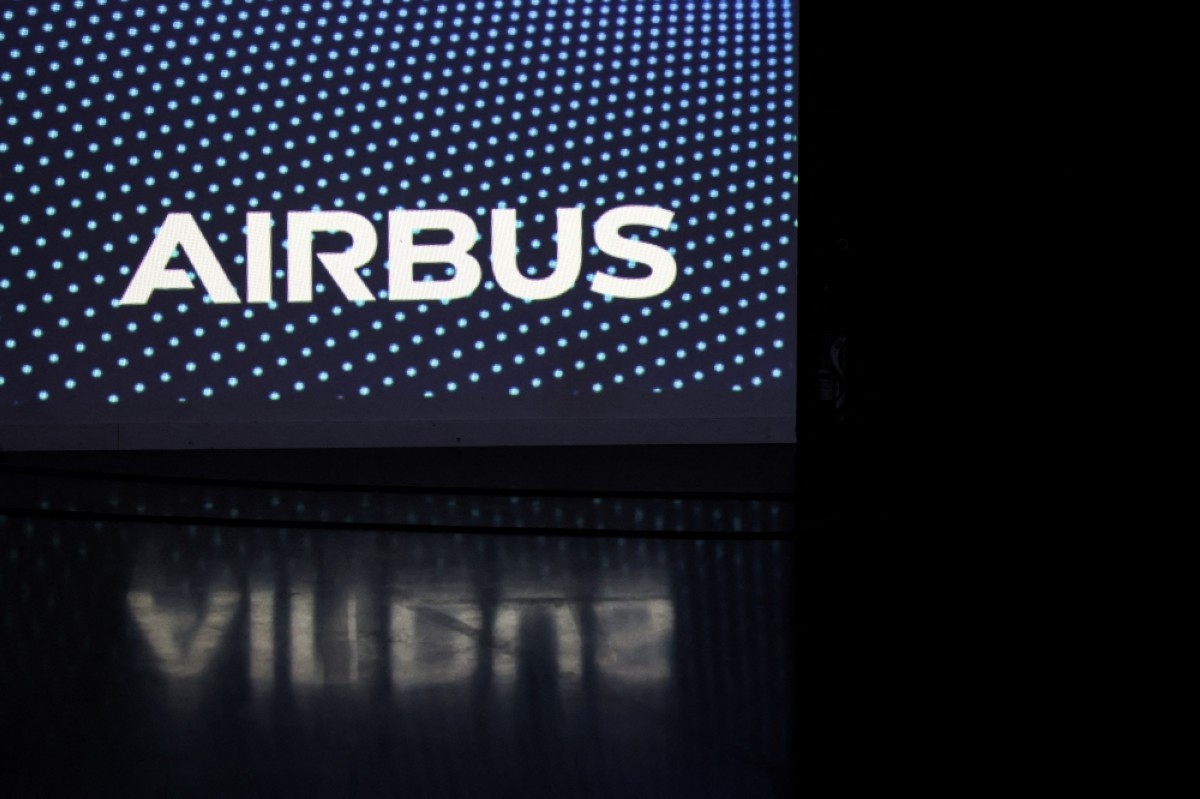US hiring rises unexpectedly but economy shows signs of cooling
WASHINGTON: Hiring in the United States logged a surprise jump last month, government data showed Friday, but unemployment rose to the highest level since early 2022 as the economy shows signs of cooling.
 ARLINGTON: Pedestrians walk past a “Now Hiring” sign in Arlington, Virginia. – AFP.
ARLINGTON: Pedestrians walk past a “Now Hiring” sign in Arlington, Virginia. – AFP.
The world’s biggest economy added 187,000 jobs in August, according to the Labor Department, but wage growth slipped and the jobless rate climbed to 3.8 percent. The uptick in job gains came as employment figures for June and July were both revised downwards, and the numbers overall signal a steady pace of hiring while the labor market shows signs of easing.
Policymakers have been struggling to lower demand and rein in stubborn inflation, with the Federal Reserve lifting interest rates rapidly—recently bringing them to the highest level in more than two decades. But the central bank has also vowed to be data-dependent in its upcoming decisions. A relatively strong labor market has added to hopes that the United States can bring inflation down without tipping the economy into a recession. “People are coming off the sidelines, getting back to their workplaces,” President Joe Biden told reporters, lauding the high share of working age Americans in the market.
On Friday, Labor Department data showed that average hourly earnings in August rose 0.2 percent, slower than the month before. While the jobless rate has risen, this came on the back of a 0.2 percentage point increase in the labor force participation rate—after being flat since March. And the number of “new entrants” among the unemployed, referring to people with no prior work experience, edged up as well, according to Friday’s report.
Biden noted that although some experts said higher unemployment and lower wages might be needed to bring inflation under control, he “never thought that was the problem.” The president, who is attempting to counter persistent negative economic sentiment as he campaigns for reelection, maintained that his “Bidenomics” economic agenda to invest in America and Americans is working.
‘Noticeable slowdown’
“Payroll employment increased in August, but with the markdowns in the rate of job growth for June and July noted in this report, the cumulative effect is a noticeable slowdown in the job market,” said Mike Fratantoni, chief economist of the Mortgage Bankers Association. “Job gains are now averaging only 150,000 over the past three months,” he added. The Labor Department noted that employment continued a trend up in health care, leisure and hospitality, social assistance, and construction.
Employment in transportation and warehousing meanwhile fell. But strikes had a notable impact last month, with around 16,000 workers of the Screen Actors Guild (SAG-AFTRA) on strike during the survey period, said chief economist at EY-Parthenon Gregory Daco. This led to a loss of 15,000 jobs in the information sector, while the bankruptcy of a major US trucking firm weighed on transportation employment, he said.
Hawkish Fed
“A slowing in wage pressures and rising participation are encouraging,” said Rubeela Farooqi, chief US economist at High Frequency Economics. This confirms “softening in labor market conditions,” which is what Fed officials are looking for as they mull the need for further rate hikes. Should data points continue to show a slowdown in the economy, they could support the case for a halt in interest rate increases during the Fed’s September meeting, analysts said. But Daco expects that a “still-elevated wage growth will favor a continued hawkish lean.”
“We continue to see the Fed maintaining a restrictive policy stance and leaving policy unchanged” through to the first quarter of next year, he said. Meanwhile, the slump in US manufacturing activity continued for a 10th consecutive month in August amid ongoing softness in new orders, survey data showed Friday, with some signs pointing to an improving situation. The Institute for Supply Management’s (ISM) manufacturing index came in higher than expected at 47.6 percent in August, up from 46.4 percent a month earlier.
The continued slowness in new manufacturing orders aligns with recent inflation figures, which showed a contraction in the prices of goods, while those of services continued to rise. The Federal Reserve has been on an aggressive campaign since March last year to bring down high inflation through interest rate hikes, which hits consumer demand. “The August composite index reading reflects companies managing outputs appropriately as order softness continues, but the month-over-month increase is a sign of improvement,” ISM survey chief Timothy Fiore said in a statement.
The figure was 1.0 percentage points higher than the median expectation of economists surveyed by MarketWatch. While it marked a sharp improvement, the August figure was still firmly below the 50-percent threshold indicating growth in the sector. “The manufacturing ISM index improved more than expected in August, to the highest level since February,” Rubeela Farooqi, High Frequency Economics’s chief US economist wrote in a note to clients. But she added that “higher borrowing costs and a further tightening in credit conditions could be headwinds going forward.” – AFP.



